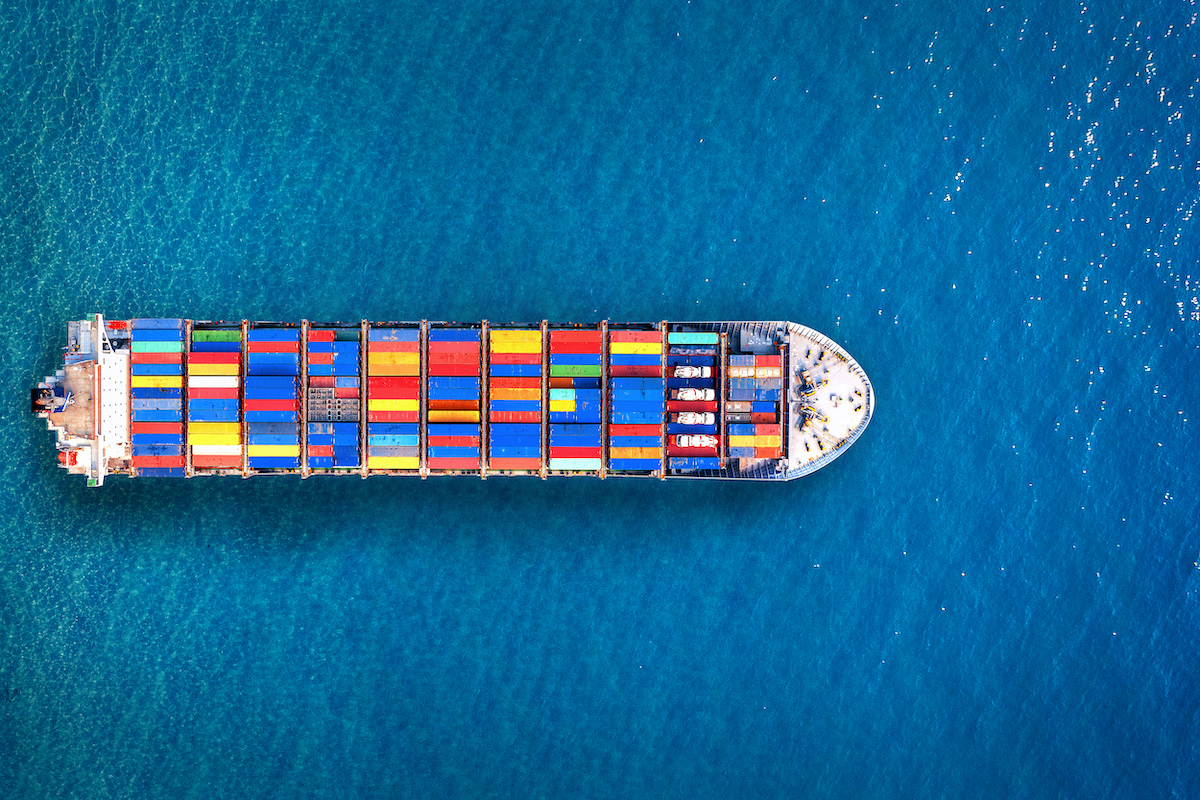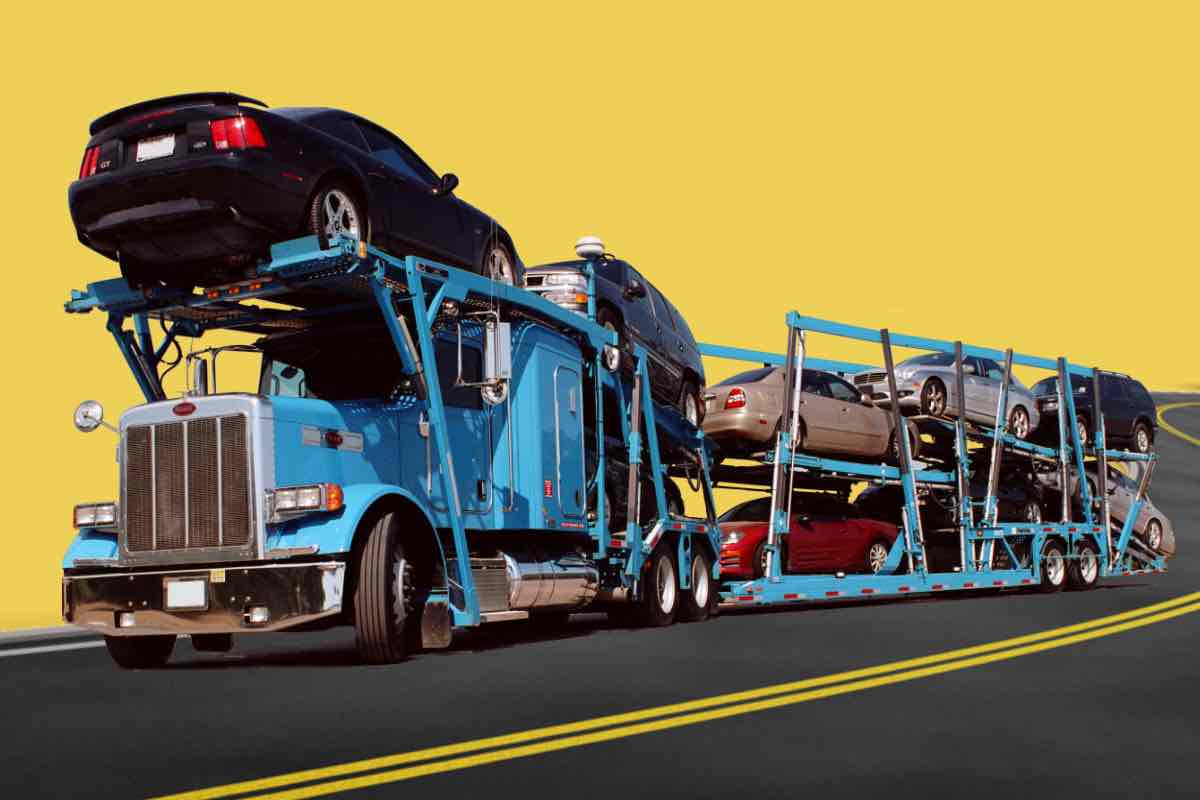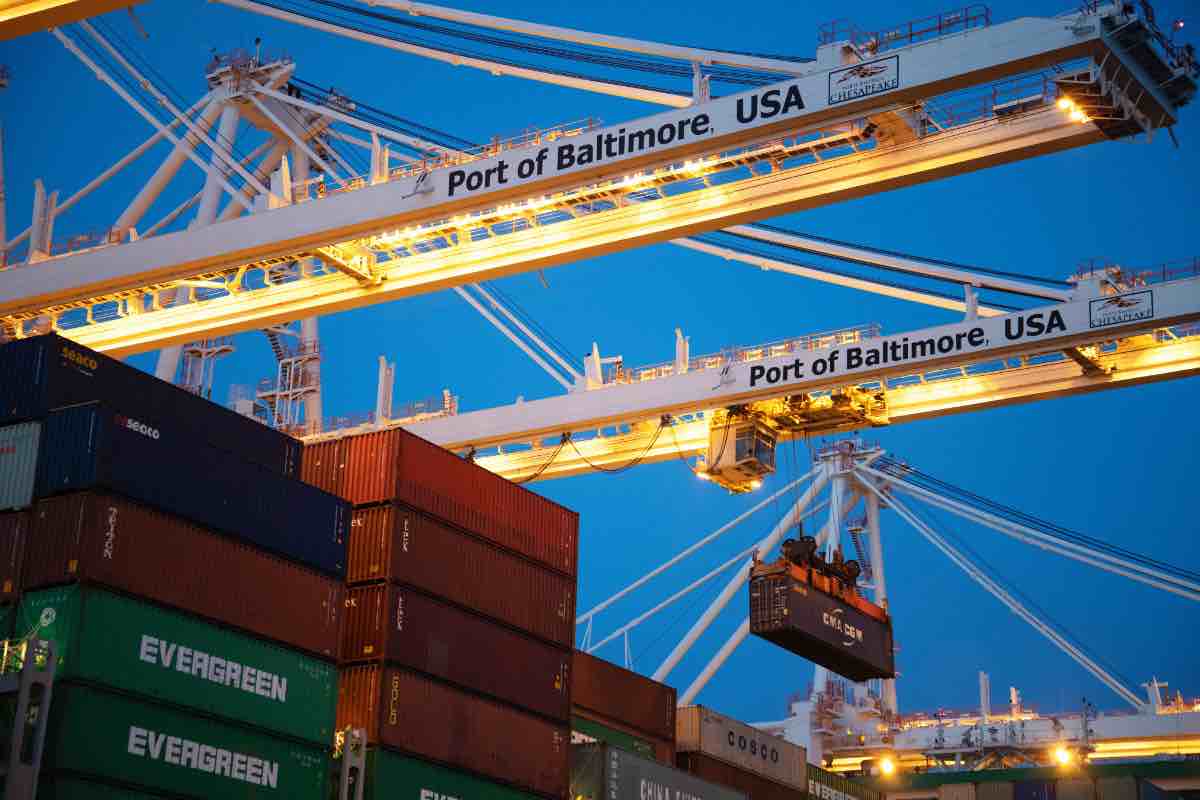As a seasonal industry, Car Shipping experiences its busiest times during the warmer months with a decidedly slower pace in the coldest ones. These changes in supply and demand inevitably result in shifts within the auto transport landscape. Because these shifts affect Carrier availability and industry pricing structures, it’s essential the customer is aware of how best to navigate the Winter Auto Shipping Season.
Some routes get hit with heavy snow and icy weather which makes it harder and, therefore, more expensive to ship to or from there. Other locations will see a large increase in demand on ‘Snowbird’ routes and East-West routes get more popular over the winter months.
As winter weather is more severe in some parts of the country than others, some routes will have a longer Winter Shipping Season than others. This means that northern states may experience the effects of winter from October through to April while the more southern states will winterize from about December through March or April.
Where Carriers find it more difficult to run routes due to weather, the result is usually pickup and delivery delays, longer average transit times and higher prices on snowbound routes.
How does Winter Weather affect shipping prices?
As a whole, prices in winter generally go down industry-wide. However, prices will change depending on how conditions on various routes change. On routes with fewer customers, Carriers will compete more heavily for better paying loads. However, some Carriers ‘hibernate’ and do not work during the winter months, or they simply choose to only work routes that are less affected by weather conditions. In these cases, some locations will experience a sudden drop in Carrier capacity which will mean that the cost to find a free spot on a Carrier that’s actually working this route will become much higher : now the customers compete between themselves to secure the reservation.
It is highly recommended to work only with quality shipping experts who can consult with you about winter prices and shipping conditions for your specific route. A Shipping Advisor will also have a bird’s-eye view of which Carriers are currently available for each route throughout the season and which may be most suited to your requirements.
Is it safe to ship during winter?
Auto transporters that run year-round are highly experienced in running cold weather routes. These Carriers take every precaution in order to safely travel northern routes. This dedication to safety can result in some delays, however, and the customer will be kept informed should the driver need to amend travel while en-route.
How to prepare a vehicle for ‘Winterized’ routes?
-
- Check AntiFreeze – make sure your antifreeze meets local weather extremes
- Check Windshield Washer Fluid and Wiper Blades – use winter blades & low freezing point fluid
- Check all Service Fluids – inquire about additives that could prevent ‘gelling’ or freezing
- Use Premium, High Octane Fuel – no more than 1/2 a tank full
- Check Tire Treads – for the safety of your vehicle while loading & unloading to prevent slipping
- Check your battery – have older batteries tested and ensure terminals are secured tightly
- Lubricate all locks, hinges and rubber seals
- Check window and door seals for leaks and secure convertible tops
- Wash road slush from your vehicle once delivered – salt residue can cause corrosion
Avoid the ‘Holiday Rush’ when possible.
From roughly the last week of December there is usually an explosion of vehicle inventory waiting to be shipped. Although many customers prefer to arrange their vehicles to arrive as early into the new year as possible, Carrier capacity usually drops extremely low over this period. Drivers have families too and usually take leave over these holidays. This means that there are far more vehicles than available Carrier space and an equilibrium is only really achieved by the end of January or even early February, depending on any extreme weather conditions at that time.
By mid-February the majority of reasonably priced vehicles which are leaving and arriving to well populated areas will be shipped promptly. Due to the bidding-based nature of the industry, higher priced vehicles will ship first and mid-ranged vehicles soon afterward. Low priced vehicles may take a while longer and will be more easily affected by further changes in the market due to storms and further shifts in supply and demand.
As a general rule for the insistent Holiday-Rush Shipper, expect to pay more not less. Offering higher range payment for a reservation is your best bet when Carriers are few and working conditions are harsh.
With all that goes into shipping a vehicle, it’s always best to talk to a representative who can let you know exactly what to expect from the industry at the time of your requested shipping window. At Yellowfin Logistics, we partner you with a Dedicated Auto Shipping Advisor who will work to ensure all shipments are entrusted to licensed and experienced Carriers who are best able to meet your requirements. Call (888) 223-5038 to learn more or visit us here to receive you free quotation.












